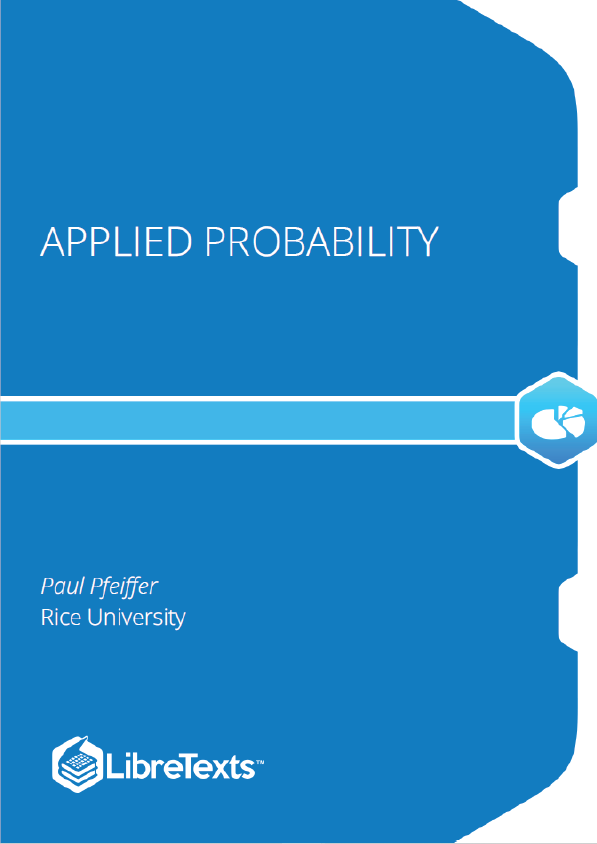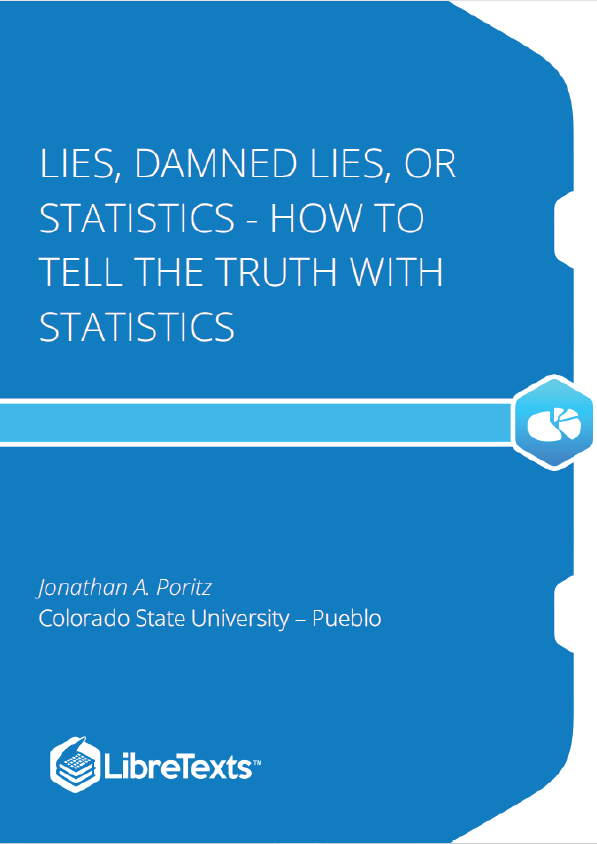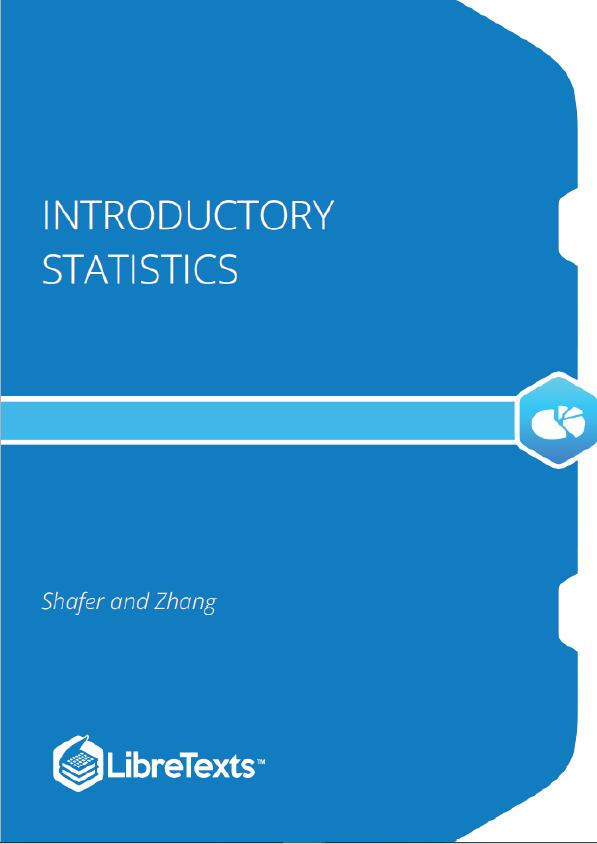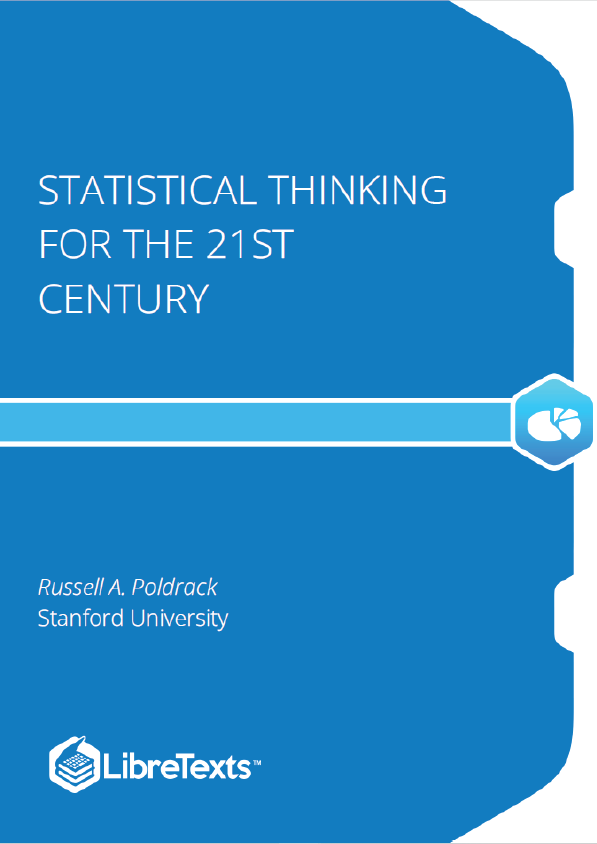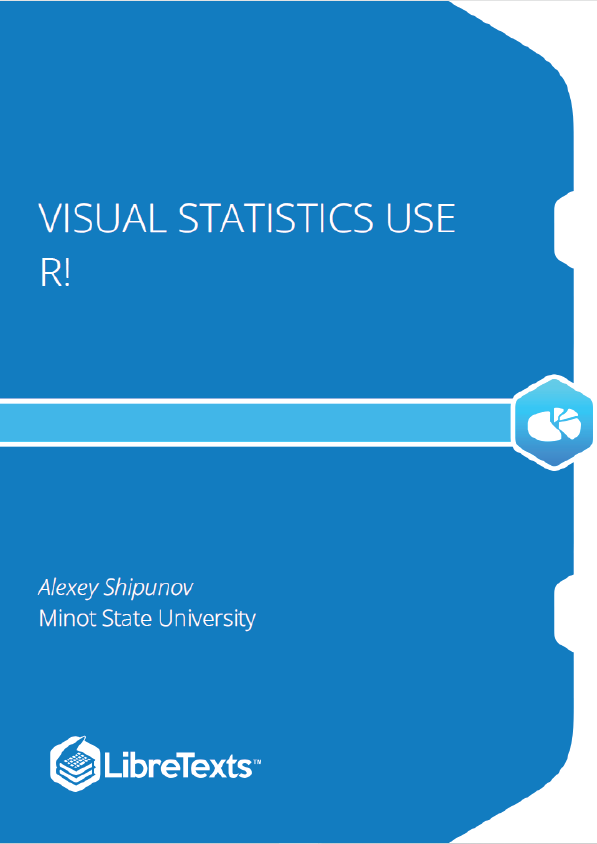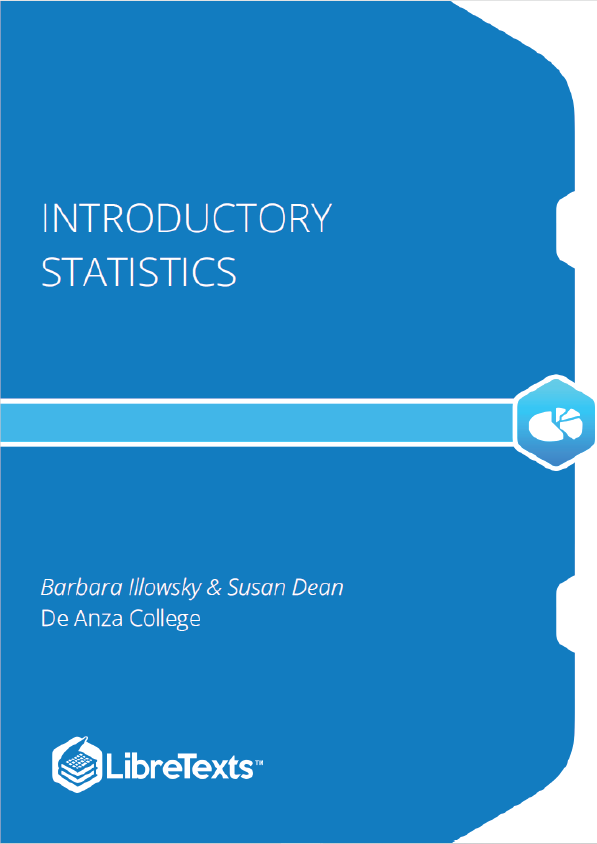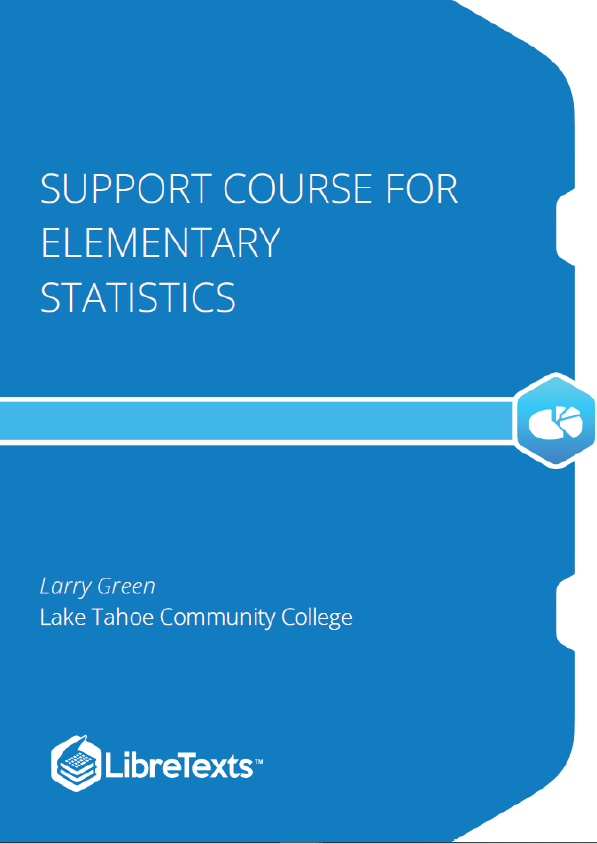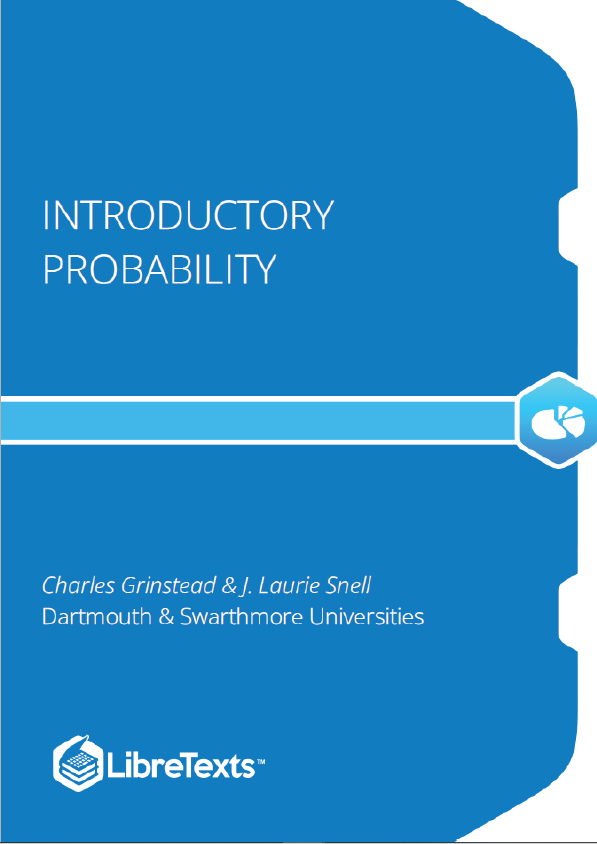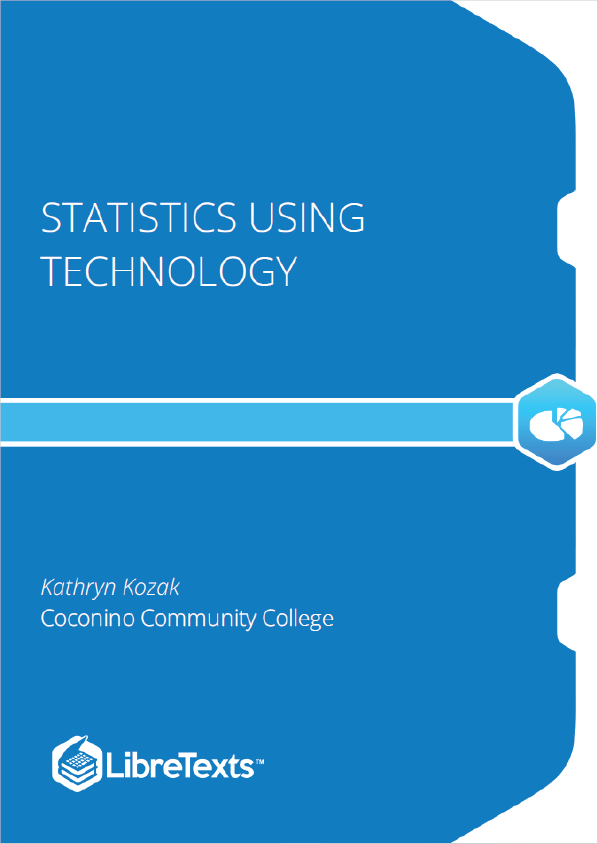This is a “first course” in the sense that it presumes no previous course in probability. The mathematical prerequisites are ordinary calculus and the elements of matrix algebra. A few standard series and integrals are used, and double integrals are evaluated as iterated integrals. The reader who can evaluate simple integrals can learn quickly from the examples how to deal with the iterated integrals used in the theory of expectation and conditional expectation. Appendix B provides a convenient compendium of mathematical facts used frequently in this work.
Introduction Probability models and techniques permeate many important areas of modern life. A variety of types of random processes, reliability models and techniques, and statistical considerations in experimental work play a significant role in engineering and the physical sciences. The solutions of management decision problems use as aids decision analysis, waiting line theory, inventory theory, time series, cost analysis under uncertainty — all rooted in applied probability theory. Methods of statistical analysis employ probability analysis as an underlying discipline.
Modern probability developments are increasingly sophisticated mathematically. To utilize these, the practitioner needs a sound conceptual basis which, fortunately, can be attained at a moderate level of mathematical sophistication. There is need to develop a feel for the structure of the underlying mathematical model, for the role of various types of assumptions, and for the principal strategies of problem formulation and solution.
Probability has roots that extend far back into antiquity. The notion of “chance” played a central role in the ubiquitous practice of gambling. But chance acts were often related to magic or religion. For example, there are numerous instances in the Hebrew Bible in which decisions were made “by lot” or some other chance mechanism, with the understanding that the outcome was determined by the will of God. In the New Testament, the book of Acts describes the selection of a successor to Judas Iscariot as one of “the Twelve.” Two names, Joseph Barsabbas and Matthias, were put forward. The group prayed, then drew lots, which fell on Matthias.
Early developments of probability as a mathematical discipline, freeing it from its religious and magical overtones, came as a response to questions about games of chance played repeatedly. The mathematical formulation owes much to the work of Pierre de Fermat and Blaise Pascal in the seventeenth century. The game is described in terms of a well defined trial (a play); the result of any trial is one of a specific set of distinguishable outcomes. Although the result of any play is not predictable, certain “statistical regularities” of results are observed. The possible results are described in ways that make each result seem equally likely. If there are N such possible “equally likely” results, each is assigned a probability 1/N.
The developers of mathematical probability also took cues from early work on the analysis of statistical data. The pioneering work of John Graunt in the seventeenth century was directed to the study of “vital statistics,” such as records of births, deaths, and various diseases. Graunt determined the fractions of people in London who died from various diseases during a period in the early seventeenth century.
